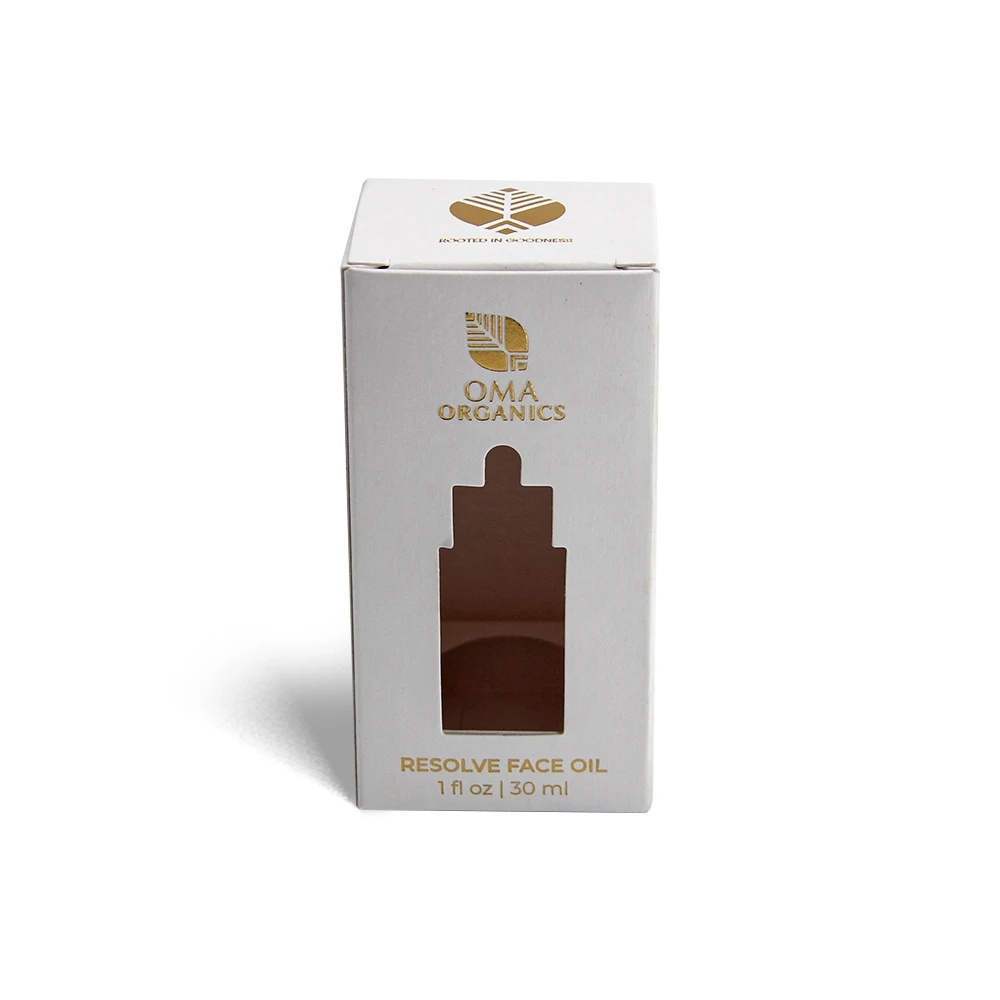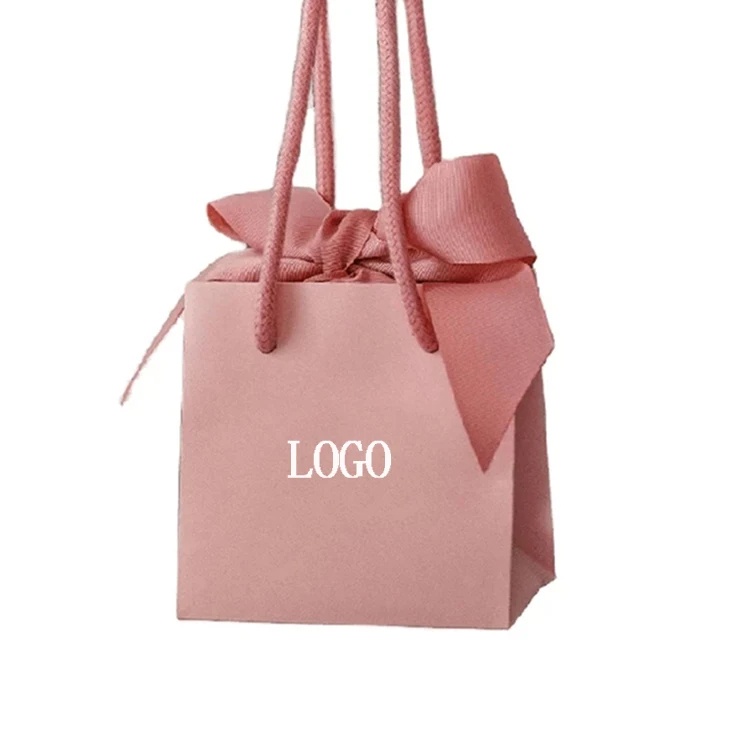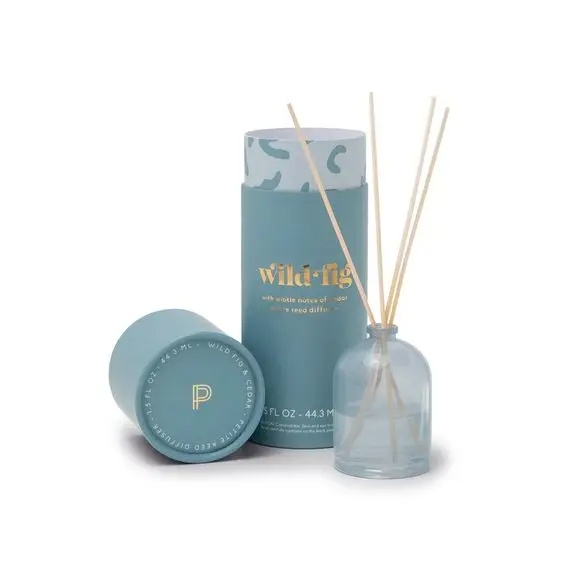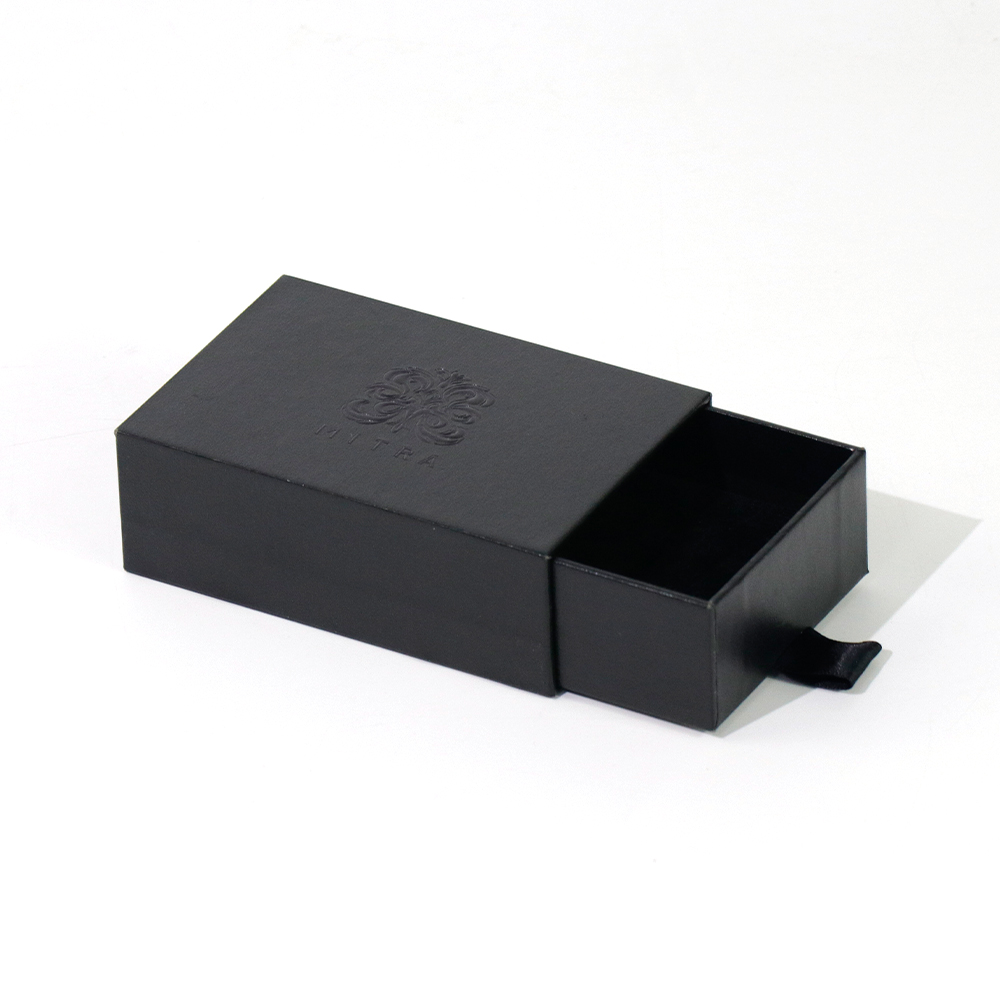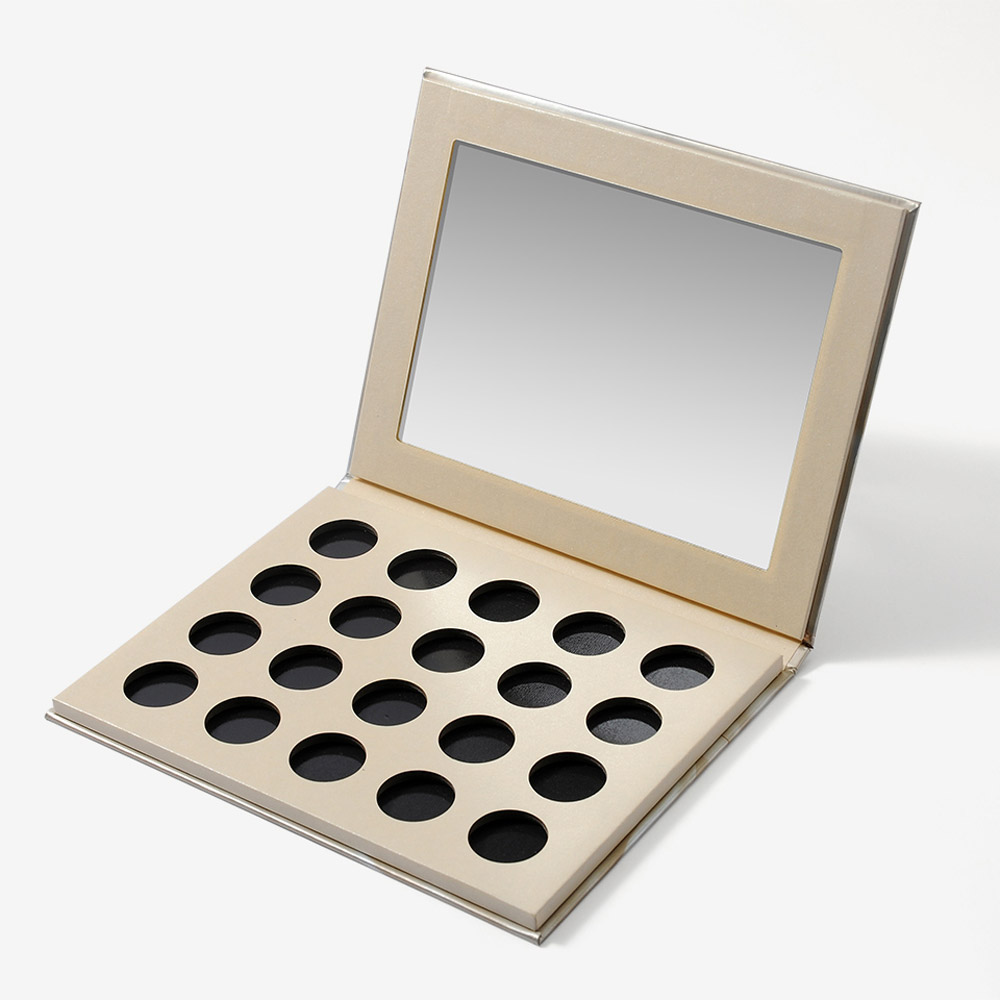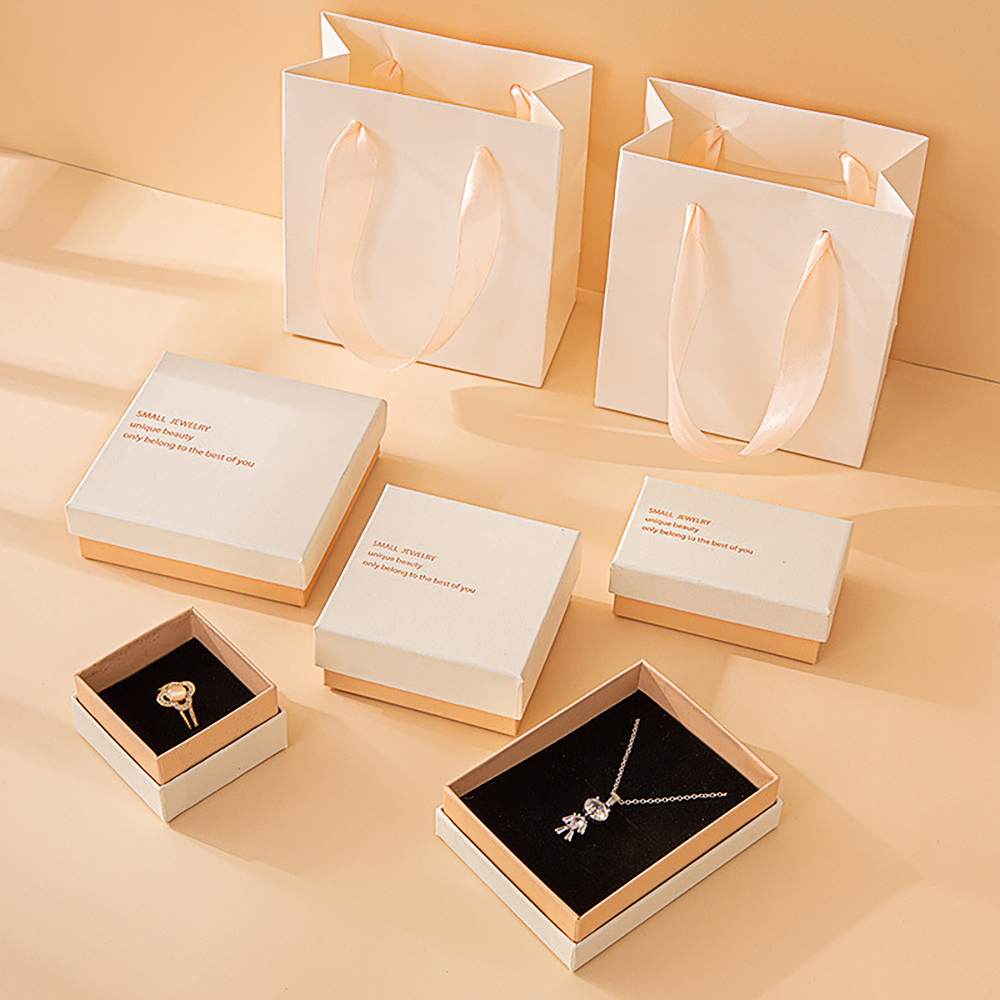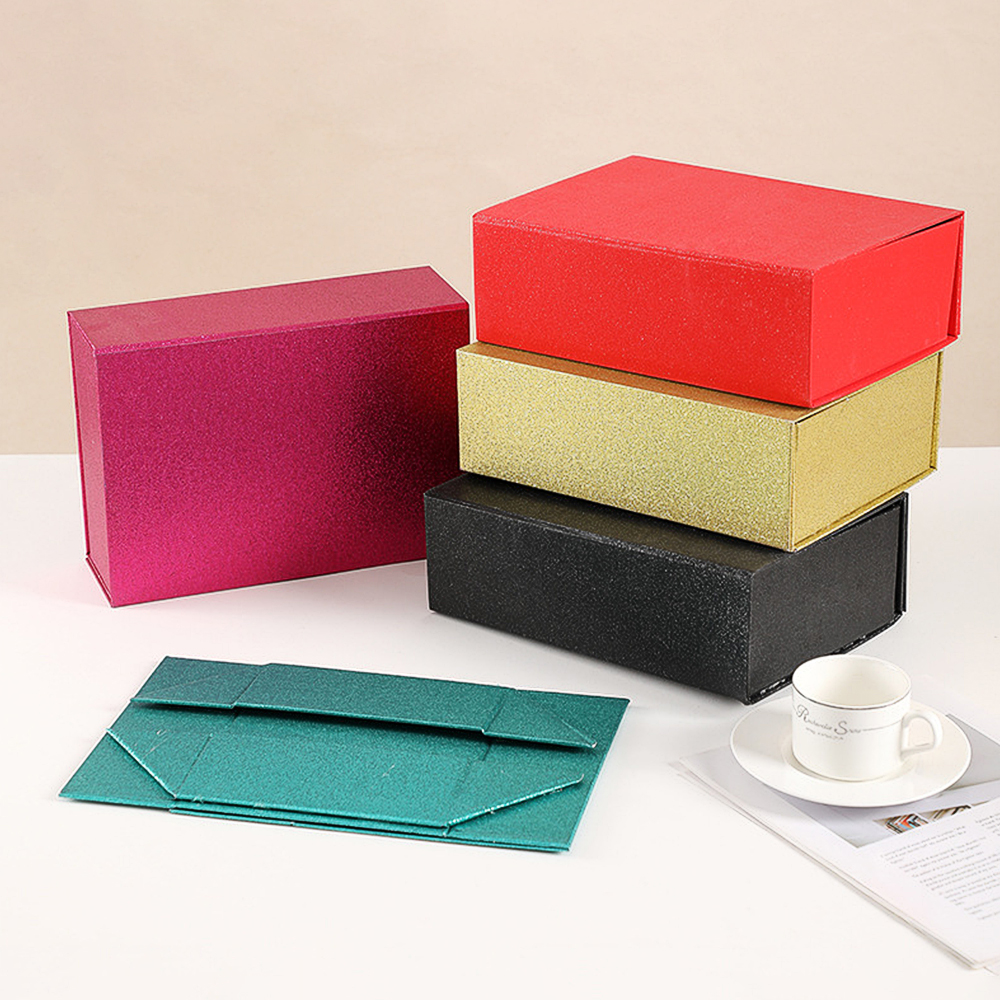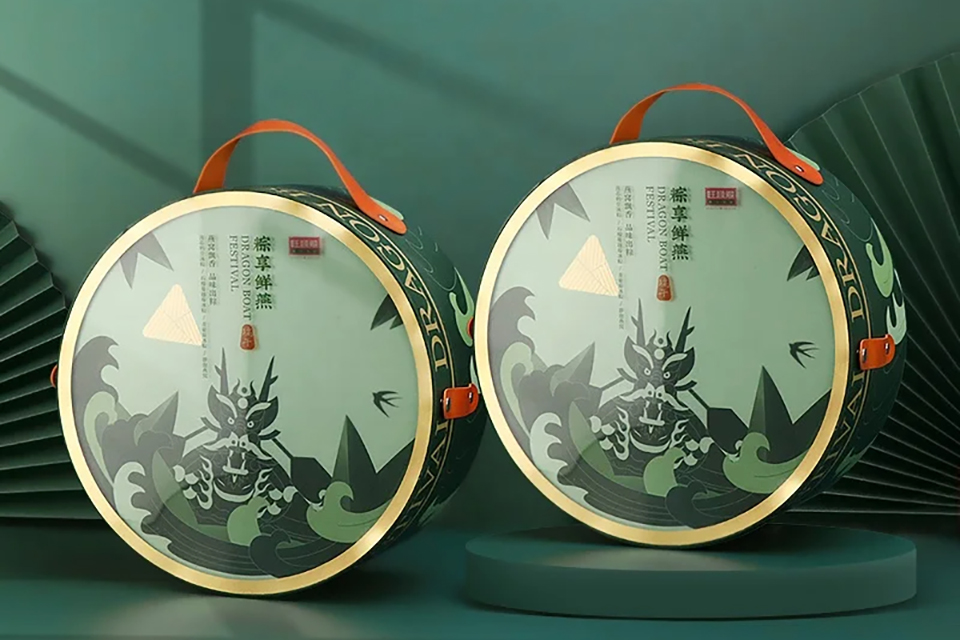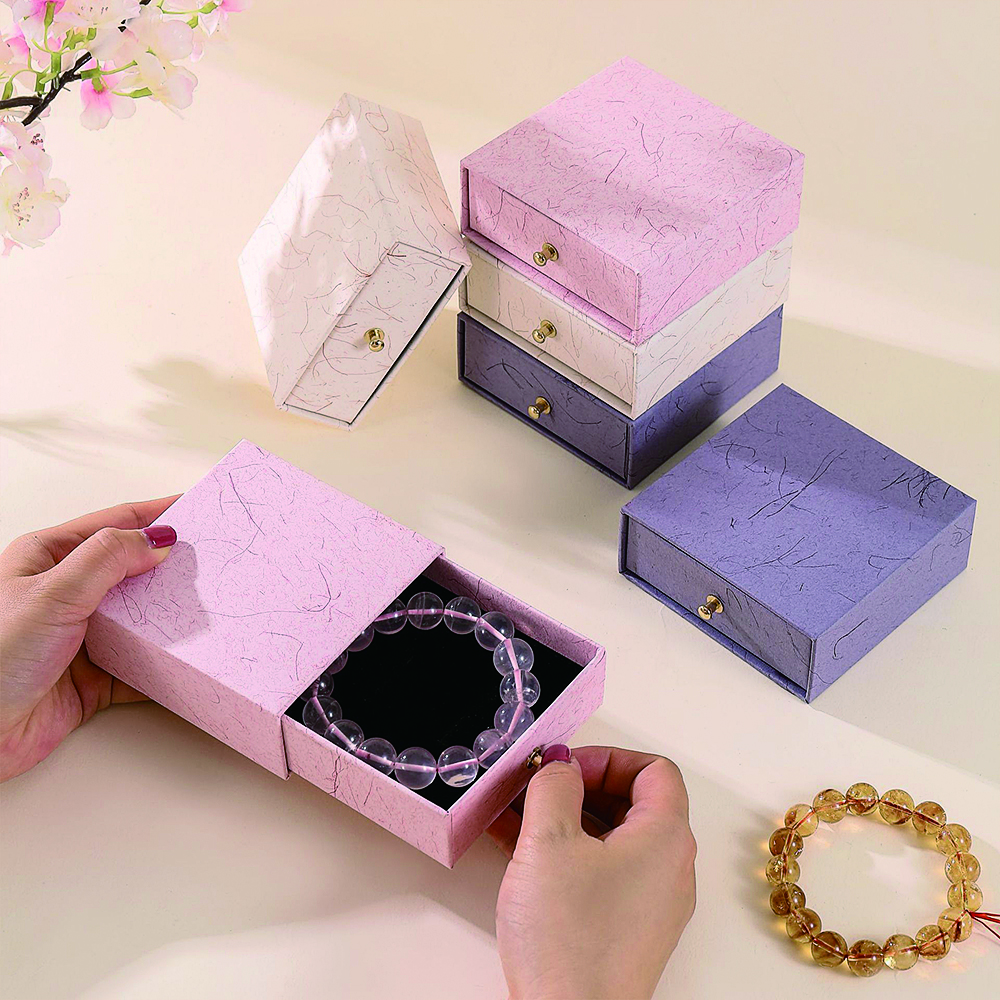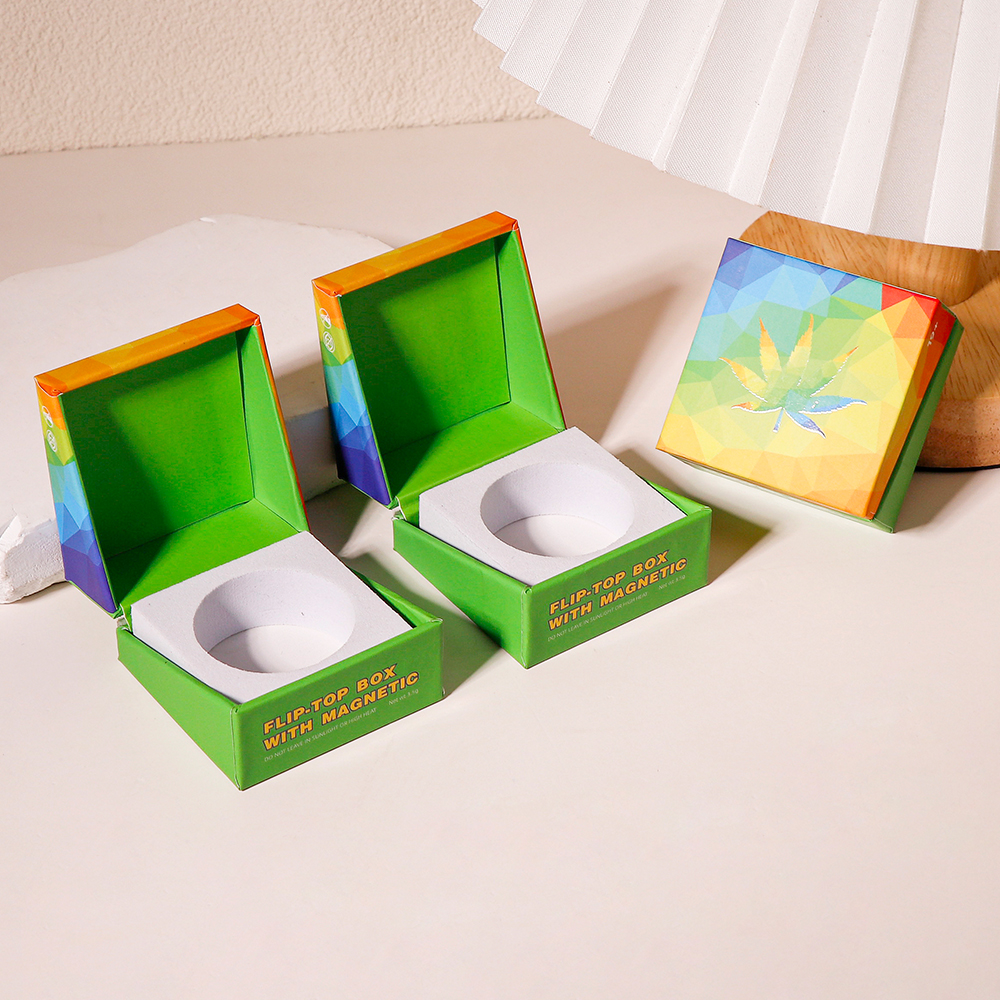Introduzione: Comprendere nuovamente il valore dell'imballaggio
L'imballaggio svolge sempre un ruolo importante in ogni anello della circolazione delle merci. Dalle scatole per cellulari alle pellicole sigillanti per alimenti, il design tradizionale degli imballaggi è caduto nell'equivoco del "bombardamento visivo": modelli esagerati, strutture multistrato e artigianato abbagliante si accumulano per attirare l'attenzione. Tuttavia, mentre Apple sovverte il settore con un bianco puro scatole di carta e Muji apre il mercato con i sacchetti di carta kraft, sta emergendo un pensiero progettuale più razionale: il packaging design minimalista. Questa strategia di packaging che semplifica il complesso sta dimostrando la saggezza commerciale del "meno è meglio" con vantaggi pratici.
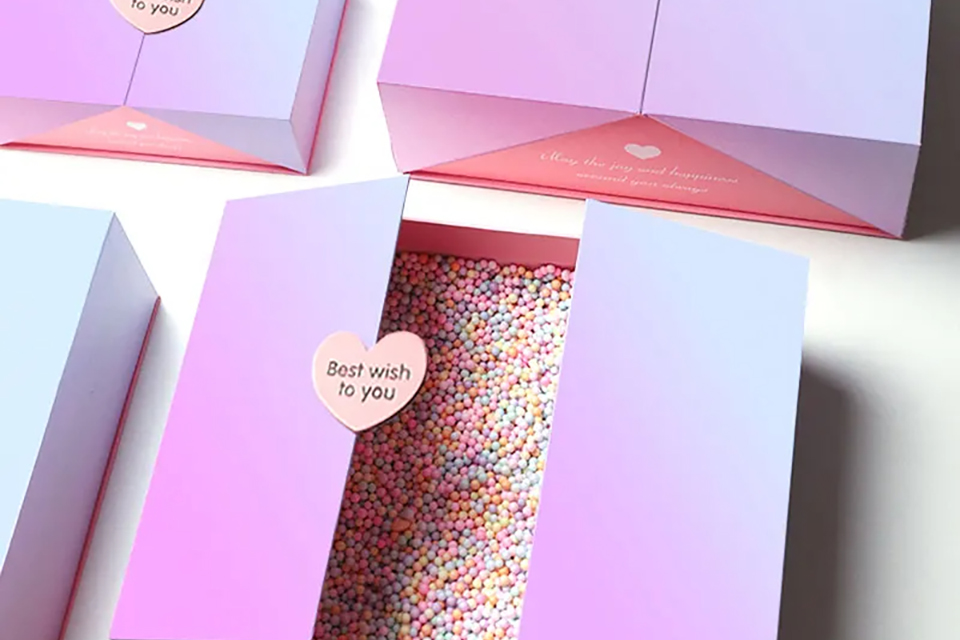
1. Le caratteristiche essenziali del design minimalista degli imballaggi
Il minimal packaging design è una soluzione per raggiungere un equilibrio tra funzione, estetica e business attraverso una sistematica sottrazione. Le sue caratteristiche principali si riflettono in tre dimensioni:
- Semplificazione dei materiali Utilizzando carta ondulata a singolo strato invece della tradizionale struttura a tre strati e inchiostro di soia invece di coloranti chimici, il numero di strati dell'imballaggio si riduce in media di 40%. Ad esempio, la confezione dell'asciugacapelli Dyson elimina la staffa di plastica e utilizza il cartone pieghevole per fissare il prodotto.
- Limitazione visiva Seguire la regola "20% elementi visivi + 80% spazio bianco", ad esempio la confezione dei cosmetici Glossier mantiene solo il blocco di colore rosa del marchio e il nome del prodotto, mentre il carattere viene ingrandito di 200% per migliorare il riconoscimento.
- Ottimizzazione strutturale Adotta un design di stampaggio in un unico pezzo, ad esempio l'imballaggio del sapone shampoo Lush utilizza sacchetti di lino biodegradabili invece di bottiglie e lattine, risparmiando 87% di processi di assemblaggio.
Non si tratta di una semplice eliminazione, ma di un "design necessario" ottenuto grazie a un calcolo preciso. Ad esempio, lo slot per schede ondulato della confezione del cavo dati di Apple riduce il materiale di contenimento e aumenta il senso di cerimonia del disimballaggio.
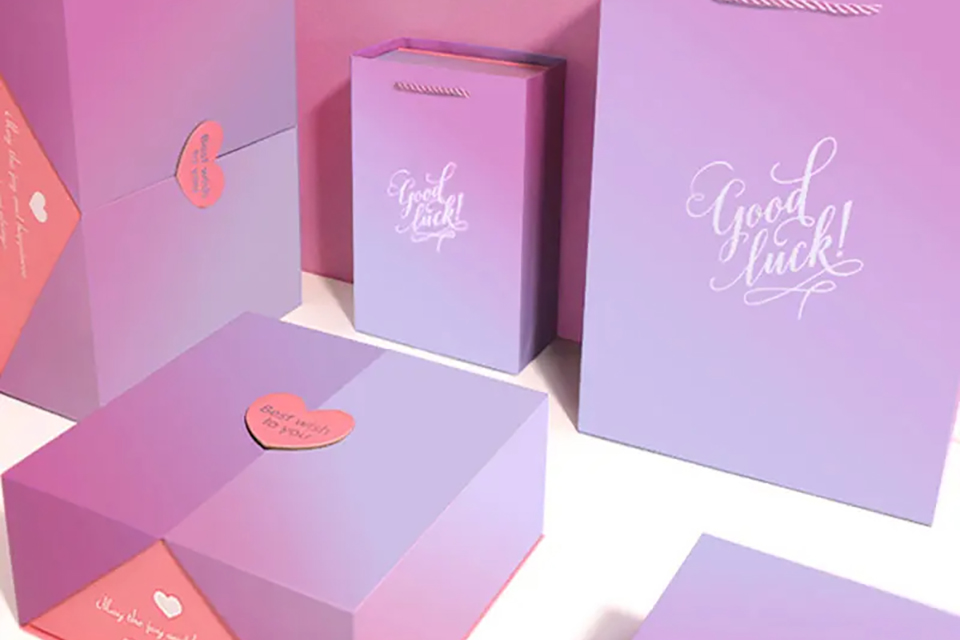
2. Cinque forze trainanti per la scelta di un design di packaging minimalista
1. La scelta inevitabile per una trasformazione sostenibile - La legge europea sugli imballaggi richiede una riduzione di 20% degli imballaggi in plastica entro il 2030. Il design minimalista riduce il peso della confezione della crema per gli occhi Shiseido di 35% - Dopo che Starbucks è passato ai portabicchieri pieghevoli, il consumo annuale di cartone di un singolo negozio è diminuito di 12 tonnellate - L'applicazione di materiali ammortizzanti a base di micelio di fungo in IKEA accorcia il ciclo di degradazione degli imballaggi da 500 anni a 45 giorni
2. Creare una consapevolezza del marchio di fascia alta - Secondo una ricerca Pantone: la velocità di riconoscimento a scaffale delle confezioni monocromatiche è aumentata di 2,1 secondi - Il design minimalista delle linee dei flaconi di profumo Issey Miyake aumenta la capacità premium del prodotto di 60% - Dopo che la confezione di Beast Bouquet ha eliminato la decorazione a nastro, il prezzo unitario per il cliente è aumentato di 22%
3. Rafforzare il valore fondamentale del prodotto - Dopo che la confezione del rossetto Dior è stata ridotta da 30%, la squisitezza del guscio metallico del prodotto è diventata più evidente - le lattine di caffè Santonban non stampano le istruzioni e utilizzano i codici QR per trasmettere le informazioni a strati - la confezione semplice di Guanxia Aromatherapy consente ai consumatori di concentrarsi interamente sul profumo degli oli essenziali
4. Migliorare l'efficienza operativa - La confezione minimalista di Zara aumenta il volume di trasporto di un singolo mobile di 40% - Dopo aver ottimizzato le dimensioni del cellulare Xiaomi scatola di imballaggio del telefonoIl tasso di utilizzo dello spazio di stoccaggio è aumentato di 55% - I calcoli del laboratorio L'Oréal dimostrano che per ogni riduzione di un componente dell'imballaggio, la velocità della linea di produzione aumenta di 7%
5. Costruire simboli di memoria del marchio - La precisione di riconoscimento delle scatole di imballaggio blu Tiffany è di 93%, superando il riconoscimento dei loghi di marca - La borsa di carta kraft della libreria Tsutaya è diventata un simbolo della cultura giapponese, da cui sono derivati più di 300 prodotti periferici - Il design trasparente della bottiglia di Kiehl's fa sì che il tasso di riacquisto del prodotto sia superiore di 28% rispetto alla media del settore
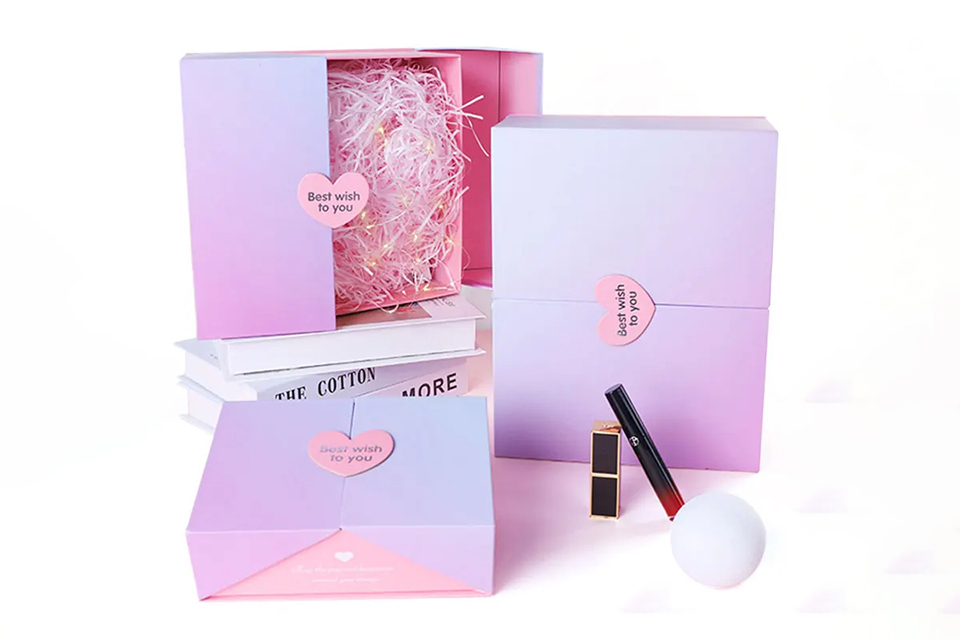
3. Strategie chiave per l'implementazione di un packaging minimalista
1. Tecnologia di sostituzione dei materiali Il materiale a base biologica realizzato con la bagassa della canna da zucchero riduce il peso di 23% mantenendo la resistenza. Ad esempio, Allbirds scatole di scarpe hanno raggiunto la neutralità di carbonio 100%.
2. Design modulare della struttura Sviluppare imballaggi standard in grado di adattarsi a più linee di prodotto, come l'imballaggio universale MUJI, che riduce i costi di gestione degli SKU di 37%.
3. Processo di stampa digitale Grazie alla tecnologia di stampa a dati variabili, lo stesso layout può passare rapidamente da una versione all'altra in 20 lingue, il che è particolarmente adatto agli scenari di e-commerce transfrontalieri.
4. Meccanismo di partecipazione degli utenti Incoraggiare l'uso secondario degli imballaggi, ad esempio le borse per l'abbigliamento di Patagonia possono essere trasformate in ciondoli a moschettone, estendendo il ciclo di vita dell'imballaggio di 5-8 volte.
Conclusione: Ritorno all'essenza dell'evoluzione aziendale
Quando un imballaggio eccessivo comporta uno spreco di costi logistici pari a 30% e quando i consumatori devono aprire 6 strati di imballaggio per raggiungere il prodotto, il design minimalista dell'imballaggio sta ricostruendo la logica commerciale. Questo pensiero progettuale riduce i costi complessivi di 18%, migliora l'esperienza di unboxing di 41% e rafforza la memoria del marchio di 200%, dimostrando che la sottrazione è la strategia di crescita sostenibile. Come ha detto il designer giapponese Naoto Fukasawa: "Il miglior packaging è quello che lascia che il prodotto parli da solo". In un'epoca di sovraccarico di informazioni, i marchi che sanno come esercitare la moderazione vincono il futuro.



